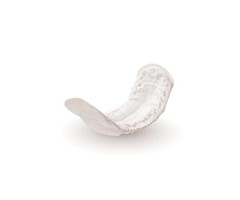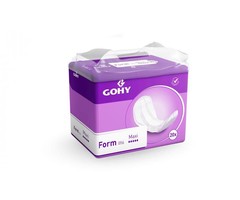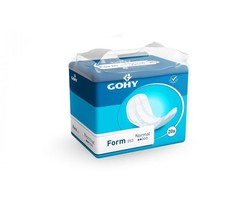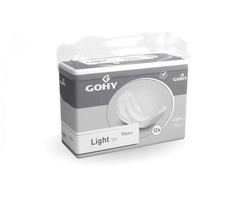
Inserts
Wear your bandages in tight-fitting underwear or special pants .
They must be worn tightly against the body. Change your relationship regularly. Depending on the degree of incontinence and the frequency of urine loss, two to five times a day of changing is a general guideline.
The use of diapers is often combined with mats to protect the bed or chair. Often they are washable and therefore reusable.
If necessary, use a protective ointment (silicon cream or zinc ointment) in areas where urine can come into contact with the skin.
Wear your bandages in tight-fitting underwear or special pants .
They must be worn tightly against the body. Change your relationship regularly. Depending on the degree of incontinence and the frequency of urine loss, two to five times a day of changing is a general guideline.
The use of diapers is often combined with mats to protect the bed or chair. Often they are washable and therefore reusable.
If necessary, use a protective ointment (silicon cream or zinc ointment) in areas where urine can come into contact with the skin.
Wear your bandages in tight-fitting underwear or special pants .
They must be worn tightly against the body. Change your relationship regularly. Depending on the degree of incontinence and the frequency of urine loss, two to five times a day of changing is a general guideline.
The use of diapers is often combined with mats to protect the bed or chair. Often they are washable and therefore reusable.
If necessary, use a protective ointment (silicon cream or zinc ointment) in areas where urine can come into contact with the skin.











